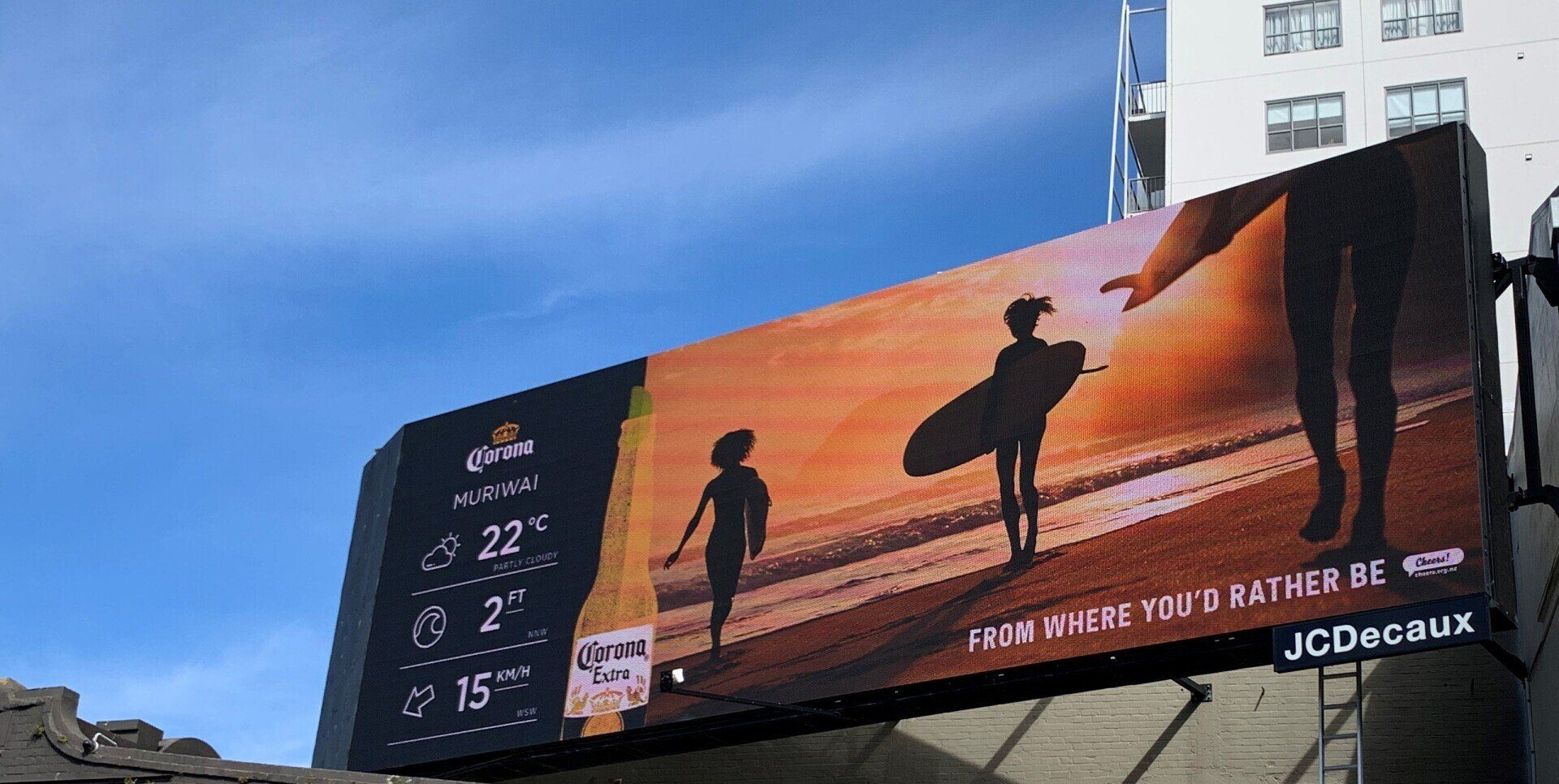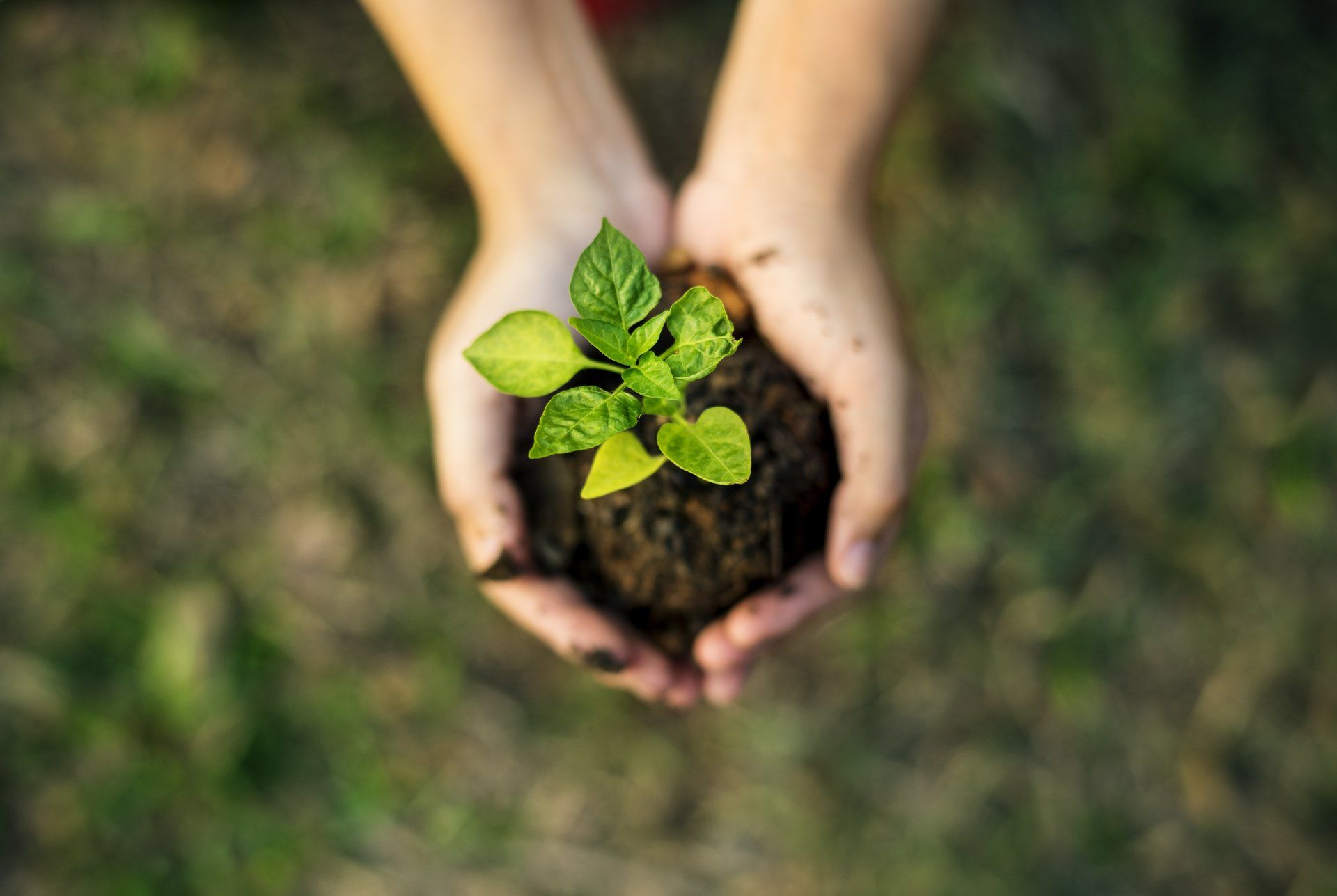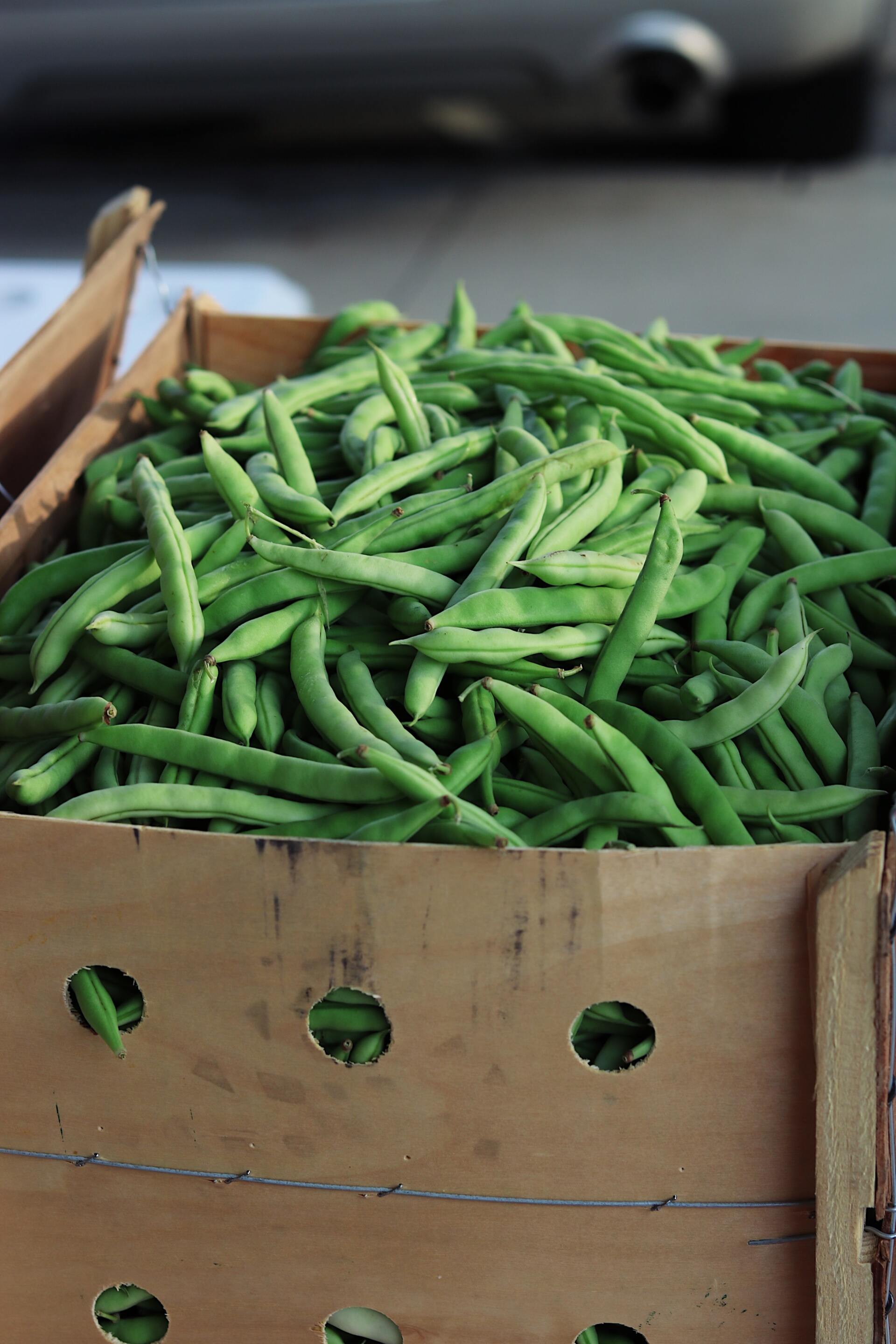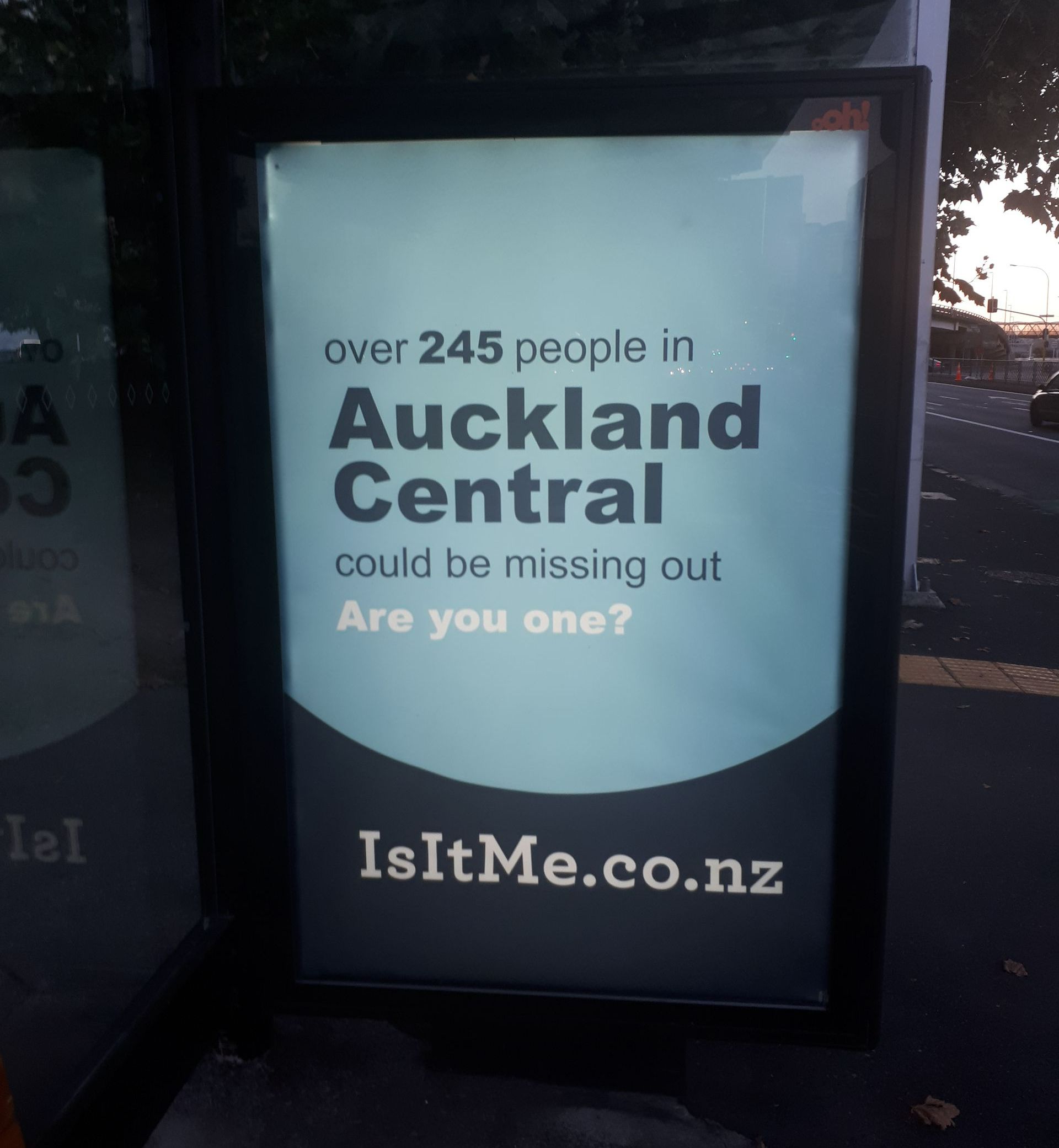By Cole Armstrong
•
September 4, 2024
In recent discussions about customer behaviour, a recurring theme has emerged: the belief that providing more information will lead to better decision-making (“If only they knew … then they would …”). While this perspective isn't entirely misplaced, it overlooks a crucial nuance. It's not merely what people know that drives their behaviour, but rather what information is most salient and readily springs to mind in the moment of decision. The Limitation of Knowledge Alone It's easy to assume that if customers simply knew more, they would make better decisions. For instance, knowing how to budget effectively or save money can indeed be useful. Knowing that I should save more for retirement or for investments. That I should eat less red meat for health or sustainability reasons. That I should be careful about what information I share online. These are all real-life examples of issues I’ve worked on where educating customers (or users) might have been a solution – and where helping people ‘know’ why they should do it failed to shift the needle. The critical factor isn't just having the information, but rather how accessible and prominent that information is when it’s needed. The question then is not do I know something, but rather does it spring to mind when it can actually shape my decisions? The Salience of Information in Decision-Making Consider a scenario where a customer interacts with a product or service. The decision-making process is often instantaneous and intuitive, driven by what immediately comes to mind rather than a comprehensive evaluation of all known benefits. This means that the information most salient at the moment—whether it's the immediate cost or a specific feature—has a more significant impact than the general knowledge a customer might have. As an example, I was involved in a project where my client was responding to new environmental regulations – and wanted to find out how to do this without upsetting their customers. The initial solution didn’t work because what was salient – and thus impacted customers responses – was the benefit to the brand not the benefit to the environment. While both benefits were ‘known’ by customers, it wasn’t till small tweaks were made to subtly emphasise and customer support for such actions, that complaints dropped off. A Case in Point: Council Rates Another example where this idea is relevant are the rates (tax) bills that New Zealanders receive from their local council. While residents might be well aware of the benefits their rates support—such as parks, libraries, and community services—this knowledge doesn’t always translate into a positive reaction when the bill arrives. For many, the first thing that springs to mind is the expense, not the benefits. In my case, receiving a $1,000 council rates bill (these are billed quarterly) was a stark reminder of this phenomenon. Despite understanding the value provided by these rates, the immediate focus was on the financial burden. If the benefits were more salient at the time of billing, the experience could be more positive. For instance, if the rates bill included a summary of the value received from various services—like a breakdown showing the value I obtain from the library based on the number of books borrowed—this could shift the focus from the cost to the benefits. In my case, borrowing 35 books over three months at an estimated value of $30 each amount to $1,050 worth of benefits, which highlights the value received far beyond the cost. And of course there are other services that I use as well – my local park that I go running in, the playgrounds that I take my kids to, the roads I drive along or the public transport that is subsidised. I ‘know’ these things, but do they immediately spring to mind when I see my rates bill? Seizing the Opportunity This concept of salience extends beyond council rates. In various customer interactions—such as bills, invoices, loyalty schemes, and product renewals—the opportunity lies in enhancing the salience of positive attributes at the critical moment of engagement. To effectively leverage this understanding, organisations should focus on making the benefits of their products or services more prominent when customers are most engaged and in a way that is relevant to the context. This means designing communications and touchpoints that highlight the value received, not just the cost or features. While knowledge is important, it's the salience of that knowledge at the moment of decision that truly influences behaviour. By ensuring that the most relevant and positive information is top-of-mind, organisations can improve customer satisfaction and decision-making outcomes.



















